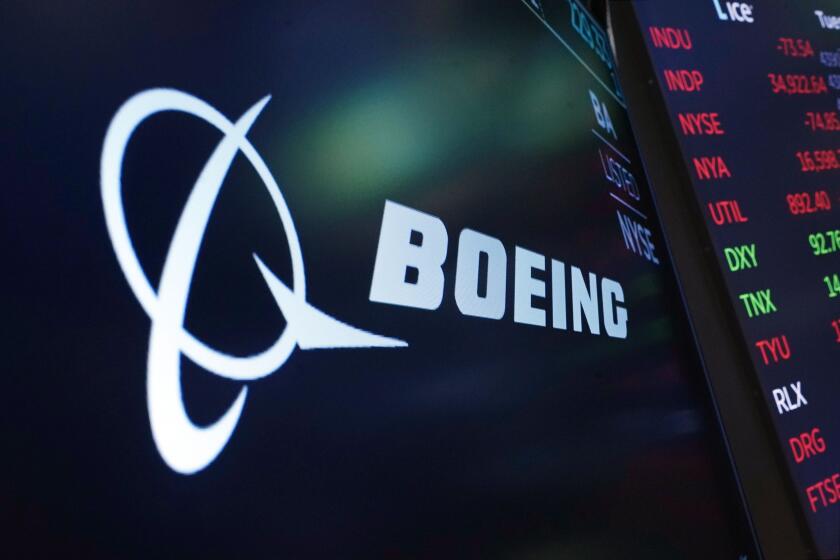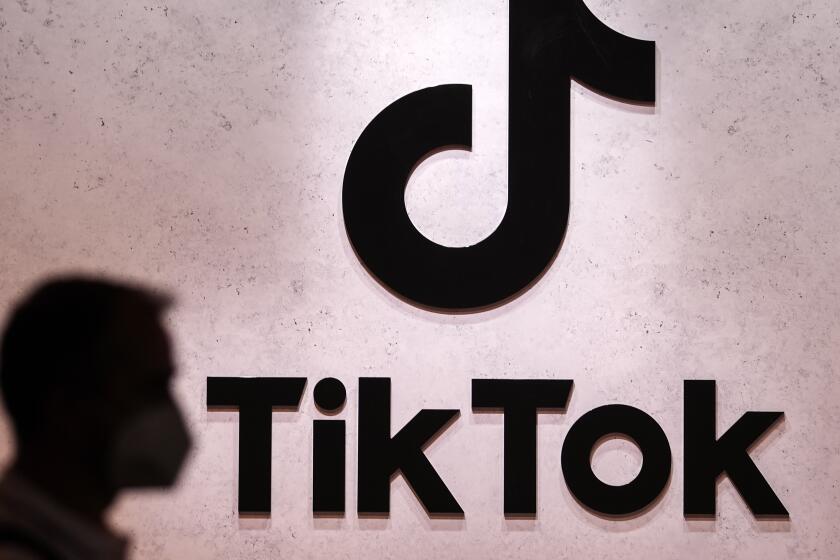New Corporate Pricing Tool Could Be Costly to Consumers
Robert Crandall, the hard-nosed chairman of American Airlines, takes great pleasure in telling the story of how he fired a dog. While in a cost-cutting mode, he had the night watchman at one warehouse replaced by a barking guard dog. A few months later, Crandall decided that the dog was also too expensive: So he sacked the animal and replaced it with a barking tape-recorder.
Crandall’s grasp of technological innovation, however, extends well beyond micromanaging canine automation. His airline pioneered what has unquestionably been the most lucrative industry innovation since deregulation: yield management. It’s a technique and technology that now shapes the price of airline tickets--and airline profits--around the world. (The late Pan American World Airways never had a high-quality yield management program, industry experts say.) More important, it will completely transform the pricing structures of global services.
Yield management leads to airlines charging different fares according to different restrictions. The more restrictions--such as advance purchase requirements or limits on refundability--the lower the fare. By crafting these restrictions, yield management allows service providers to segment their markets. Hotels such as Marriott and Sheraton have begun to apply similar techniques. Long-distance telephone firms apply yield management when they charge different rates for different times you call.
“Its basic purpose is to maximize revenues,” says Aeronomics’ Ben Cross, a yield management consultant who works with airlines, hotels and television stations selling ads.
That’s a bit disingenuous. A sophisticated yield management gives the service provider the ability to better calculate the maximum price they can charge their individual customers. So look to yield management at the airlines as the model for future pricing in fields as diverse as health care, telecommunications, consumer financial services, insurance, hotels and government services. Yield management techniques will rewrite the supply-and-demand equations that determine service availability and price.
Today, airlines and other organizations are reaching into chaos theory, neural networks and a host of new technologies in a bid to be better able to forecast consumer demand and fine-tune their pricing structures. “Our industry is becoming even more volatile, so predicting demand has become even more important,” says John R. Samuel, American’s managing director for pricing and yield management development.
The better a service provider is at anticipating the ebb and flow of consumer demand, the safer it becomes to design service availability in ways that boost the odds that the maximum number of people pay the maximum possible price. Consequently, prices are no longer being based on accounting costs but rather on perceived customer value.
For the airlines, that means you pay a hefty premium for the convenience of a last-minute ticket with no restrictions. According to Aeronomics, the cost of an average full-fare ticket, adjusted for inflation, rose from 13.6 cents per mile in pre-deregulation 1978 to 21.3 cents per mile in 1990. By contrast, the inflation-adjusted average discount fare dropped from 9 cents per mile in pre-deregulation 1978 to 7.4 cents last year.
Unfortunately, as more airlines fail and the industry relentlessly consolidates, it’s clear that yield management is tipping the balance of power away from consumers and toward the service providers. Is it a technique that profitably assures the greatest good for the greatest number? Or is it primarily a technology that lets companies minimize their risks at the maximum possible costs to their customers?
Economists suggest that the best way to mitigate the risks of yield management exploitations isn’t regulation but more competition.
Or just maybe, as yield management techniques proliferate to other industries and raise prices, we’ll see a quantitative Ralph Nader arise to organize a consumer movement against them.
More to Read
Inside the business of entertainment
The Wide Shot brings you news, analysis and insights on everything from streaming wars to production — and what it all means for the future.
You may occasionally receive promotional content from the Los Angeles Times.










